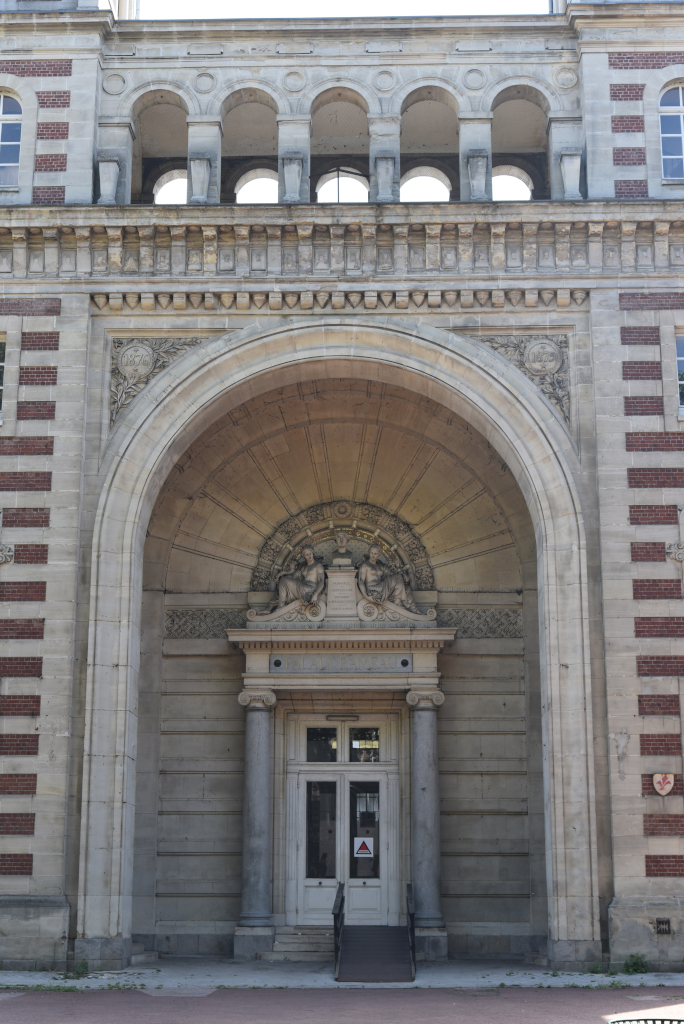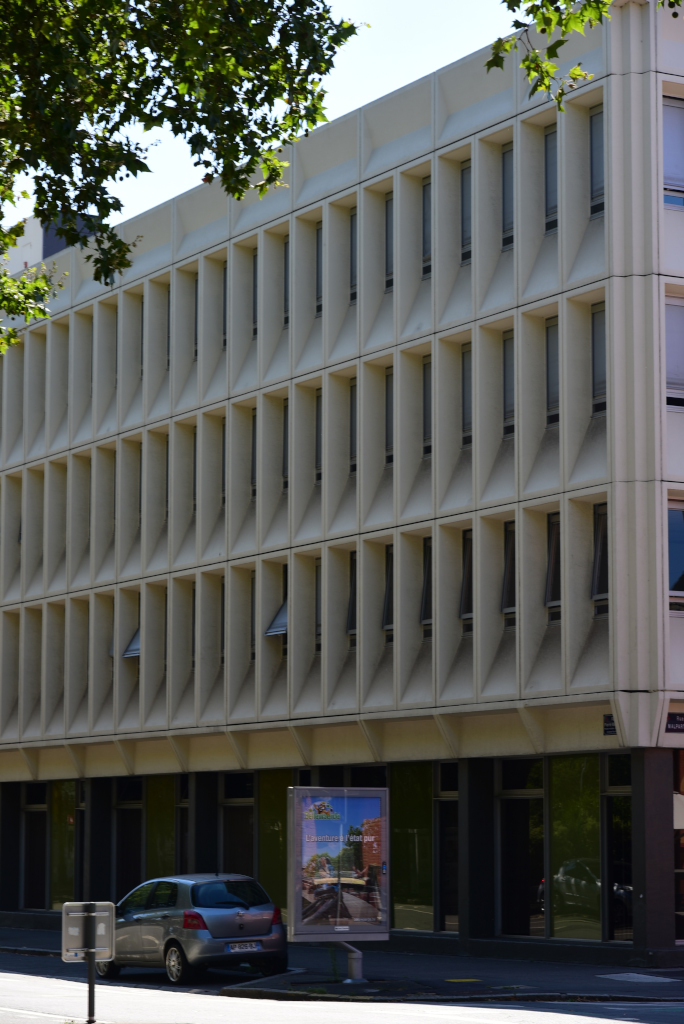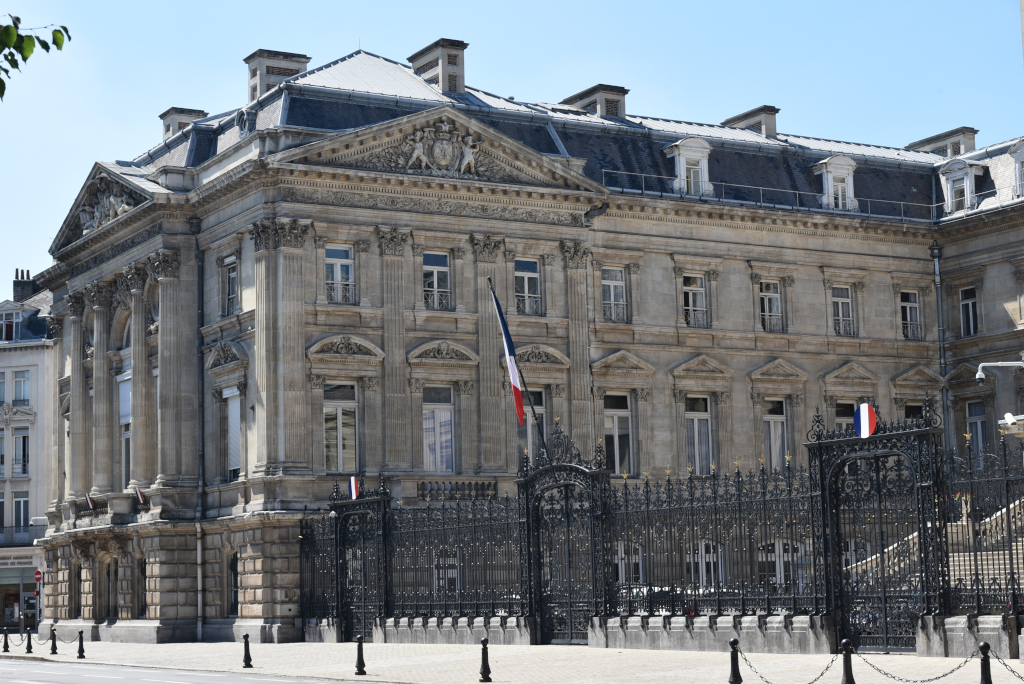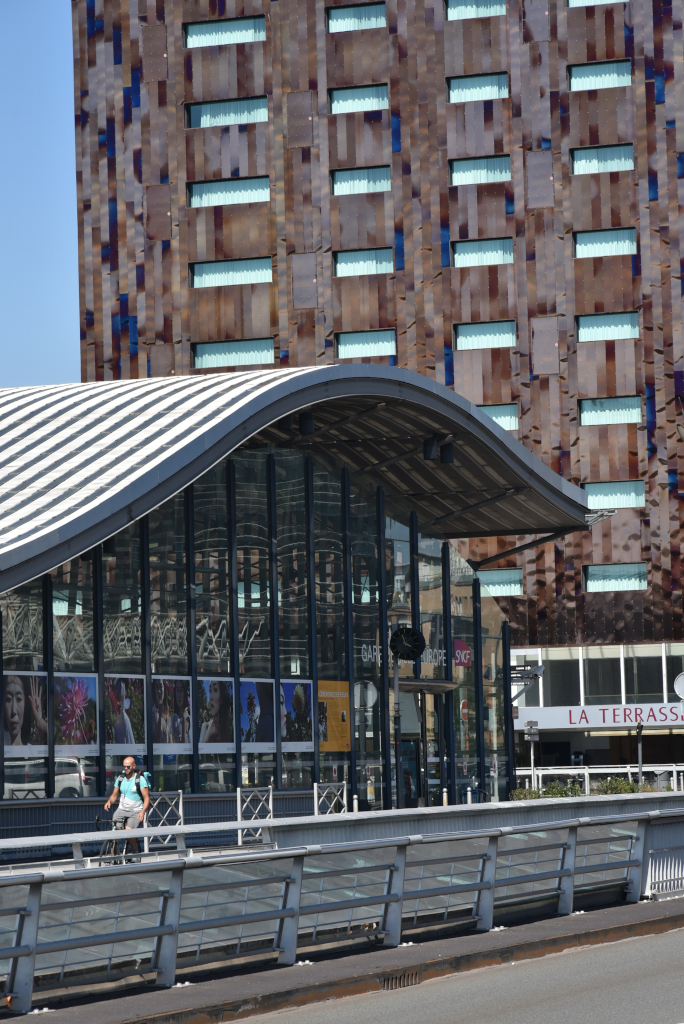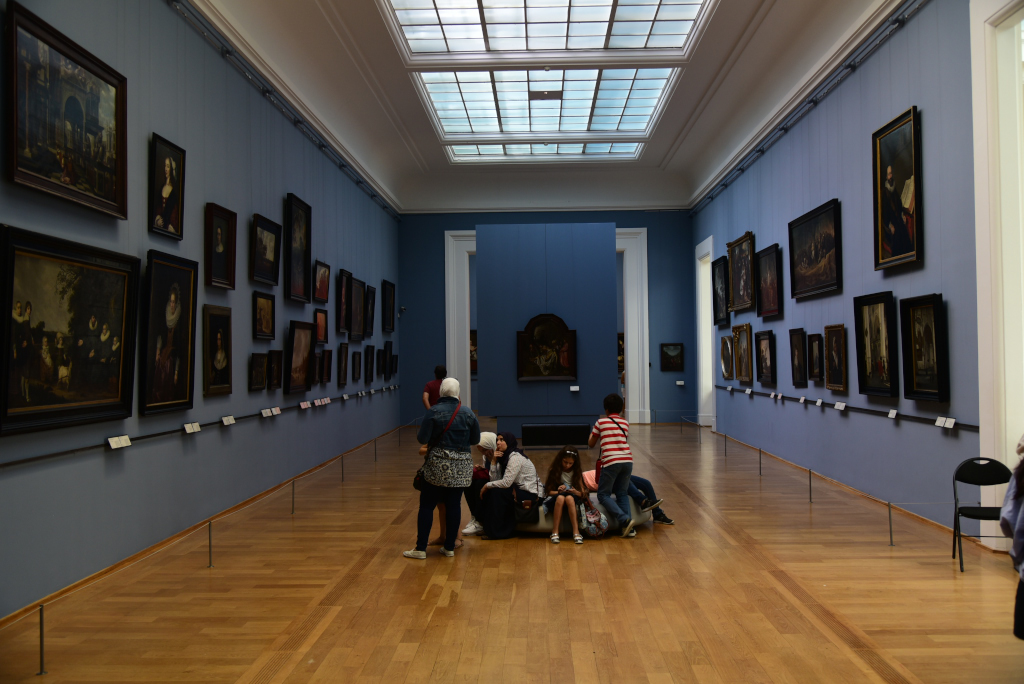August 5, 2018
The main square stands at the edge of the old city of Lille, and is the Lillois’ favourite meeting place. The square features architecture ranging from the 17th to the 20th centuries. Stunning examples of the Flemish Renaissance populate the sedate alleys of the old town as well, where nightlife in the city concentrates around the numerous restaurants, bars and shops whose tables sprawl out over the narrow cobblestone alleys.
Standing in the centre of the main squares stands the Goddess commemorating Lille’s resistance to the Austrian siege in 1792. The Old Stock Exchange is undoubtedly the town’s finest building, and is made up of 24 little houses around an arched courtyard. A second-hand book market as well as chess players can be seen inside. The belfry was built from 1924 to 1932 and was inspired by the triangular-gabled Flemish houses. The 104 metres-high structure is listed as a Unesco World Heritage Site.
The Citadel of Lille was built between 1667-1670 by Vauban, Lous IV’s influential military engineer. The citadel is remarkable for its size, the quality of the architecture, and its state of preservation. Established on the border of Flanders, it was part of a double-line of fortified towns between Gravelines, Dunkirk and Maubeuge-Rocroi, and delineated the famous “Pré Carré” (“square field”) conceived by Vauban comprising 28 fortified cities. From Lille, Vauban supervised the construction of the many citadels and canals of the North, which controlled the border between France and Belgium. Today, the core of the citadel is a military garrison, encompassed by sprawling parkland, one of the primary green spaces of the city of Lille.
The ostentatious Porte de Paris was built by Vauban to commemorate Louis XVI’s conquest of Lille from the Spanish towards the end of the 17th century. Today the monument represents another piece of the wildly extravagant architectural puzzle that comprises the landscape of Lille.
The Lille Europe high speed TGV train station built in 1994 inaugurated a futuristic nexus in the city as counterweight to the architectural legacy of past eras. A number of renowned architects and urban planners collaborated in creation of this complex, including Rem Koolhas, Jean Nouvel and Claude Vasconi.
The Palais des Beaux-Arts of Lille is considered to be the second largest general-interest museum in France, just after the Louvre. The structure housing the museum was completed between 1885 and 1892, is typical of the monumental architecture of the late 19th century, and spans some 22,000 m².
The collections in the museum include works by Rubens, Van Dyck, Goya, and Delacroix, a few key examples of 19th century French painting (David’s ‘Belisarius’, Courbet’s ‘L’après-dînée à Ornans’, Puvis de Chavannes’ ‘The Slumber’), a large collection of drawings (including 40 sheets by Raphaël), a sculpture gallery and 17th and 18th centuries ceramics.
(Narrative excerpted from en.lilletourism.com)


